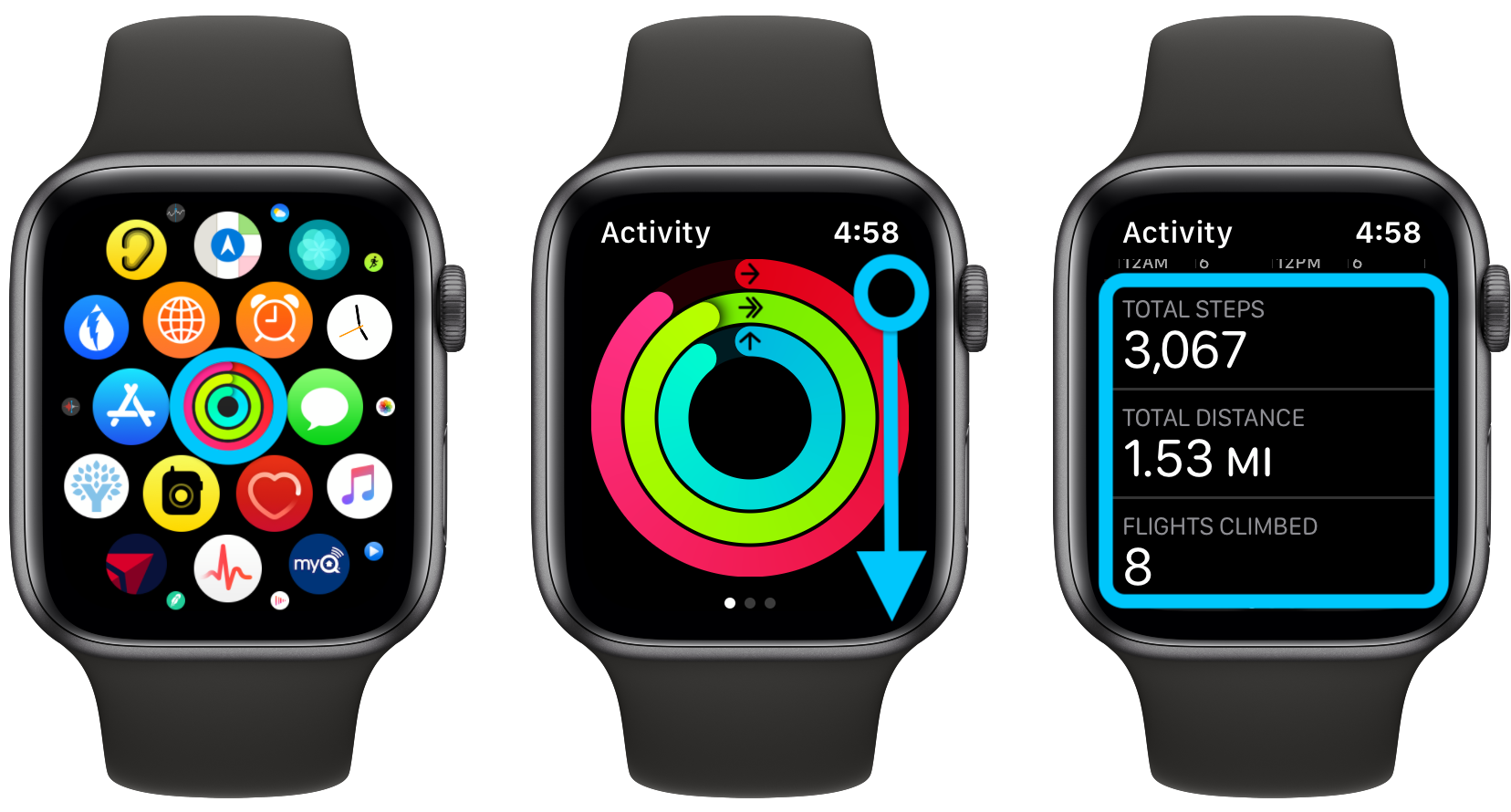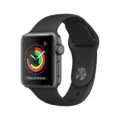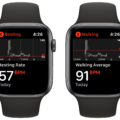If you’re looking for an easy way to boost your fitness levels and overall health, then you should consder tracking your flights climbed. A flight of stairs is generally defined as approximately 10 feet (3 Meters) of elevation gained or 16 steps. Research shows that climbing two to four flights of stairs per day can reduce mortality risk and improve your longevity.
Tracking the number of flights climbed can be done usig a variety of health apps and fitness trackers. Many fitness trackers use barometer or altimeter sensors to detect changes in elevation, making it possible to accurately track how many flights you climb. Some Apple Watches (Series 3 and above) even come with a barometric sensor that helps measure altitude, making them an ideal choice for tracking flights climbed.
Whether you use a smartphone app or a dedicated fitness tracker, tracking the number of flights climbed is an easy way to stay motivated and on top of your goals. Setting specific goals for yourself—such as climbing a certain number of flights per week—can help make sure that you stay on track with your health journey and give yourself something concrete to work towars each day.
In addition to tracking the number of flights climbed, it’s important to also keep up with other aspects of good health such as exercise, nutrition, sleep, and stress management. Making sure that all these areas are taen care can help keep your body healthy and feeling its best!
Understanding the Meaning of Flights Climbed on Apple Devices
Flights Climbed on Apple is a measure of how many flights of stairs you have climbed in a day, as tracked by your iPhone or Apple Watch. A flight of stairs is defined as approximately 10 feet (3 meters) of elevation gain, and is estimated to take roughly 16 steps to climb. This metric can be used to track your daily activity level, as climbing stairs is great exercise and can help you stay fit and healthy.
How Apple Watch Measures Flights Climbed
The Apple Watch uses a barometric altimeter to track flights climbed. This sensor measures the change in atmospheric pressure to detect changes in elevation. As you climb, the atmospheric pressure drops, and the Apple Watch records this decrease in pressure as a flight climbed. The number of flights climbed is determined by adding up all the changes in elevation you experienced over a gven period of time.

How Many Flights Should Be Climbed Per Day?
Climbing two to four flights of stairs per day is a good goal for improved health and longevity. According to the Harvard Alumni Health study, climbing 10-19 flights of stairs per week (or two to four flights per day) reduces mortality risk. This amount of physical activity can be easily incorporated into your daily life – for example, you could walk up a few flights of stairs at work or take the stairs instead of the elevator when going between floors in your house. Additionally, any additional stair climbing beyond four flights per day is beneficial and will further improve your health and well-being.
Tracking a Flight That Was Climbed
If you want to track flights/floors climbed, you can use a health app or fitness tracker with an altimeter or barometer sensor. These sensors are able to detect chages in elevation, enabling the app to count and track each flight climbed. The process is simple: Just put on your fitness tracker or have your phone handy when you’re climbing the stairs, and the device will be able to sense the elevation and keep track of how many flights of stairs you’ve ascended. Once you reach your destination, check the app to see how many flights have been counted!
How Many Flights of Stairs Should I Climb for a Good Workout?
A good workout is generally considered to be 10-19 flights of stairs a week. This amount has been assocated with improved health and longevity in the Harvard Alumni Health Study, which reported that climbing two to four flights of stairs per day reduces mortality risk. When climbing stairs, it is important to use good form and technique to reduce the risk of injury. Taking breaks when needed and not overdoing it is also important for avoiding overexertion.
Tracking Flights Climbed with Apple Watch
The Apple Watch considers one flight of stairs as 13 steps and approximately 10 feet of elevation gain. So, depending on the number of steps and elevation gain of each flight, the Apple Watch may count more than one flight when you go up stairs. For example, if the stairs have more than 13 steps or the elevation gain is higher than 10 feet, the Apple Watch will count both flights as two separate flights.
The Benefits of Climbing 20 Flights of Stairs as Exercise
Yes, climbing 20 flights of stairs is a great exercise. It is a challenging aerobic workout that can provide many health benefits such as improved cardiovascular health, increased muscle strength and endurance, improved joint flexibility and mobility, and a boost in metabolism. It can also help to reduce body fat, particularly in the lower body. Additionally, because it is a low-impact exercise, it is suitable for people of all fitness levels.
The Benefits of Climbing 30 Flights of Stairs as Exercise
Climbing 30 flights of stairs is an excellent form of physical exercise that can help improve your oveall health and fitness. Studies have shown that stair climbing can provide a good aerobic workout, helping to improve your cardiovascular health and reduce your risk of heart disease. Additionally, it strengthens your lower body muscles, including those in the hips, buttocks, thighs and calves. As a result, stair climbing can help you burn calories and maintain a healthy weight. Furthermore, regular stair climbing has been linked to improved balance and coordination as well as increased bone density. All in all, it is an excellent form of exercise that can be done in short bursts throughout the day without needing any special equipment.
Conclusion
In conclusion, climbing flights of stairs is an important and effective way to promote healthy habits and longevity. The Harvard Alumni Health Study reported that climbing 10-19 flights a week (two to four flights per day) reduces mortality risk. Most Apple Watches (Series 3 and above) feature a barometric sensor that can track elevation and count approximate steps taken up a flight of stairs. To accurately track flights climbed, it is recommended to use a fitness tracker that contais altimeter or barometer sensors. By doing this, you will be able to monitor your progress in reaching your fitness goals while also improving your overall health.








